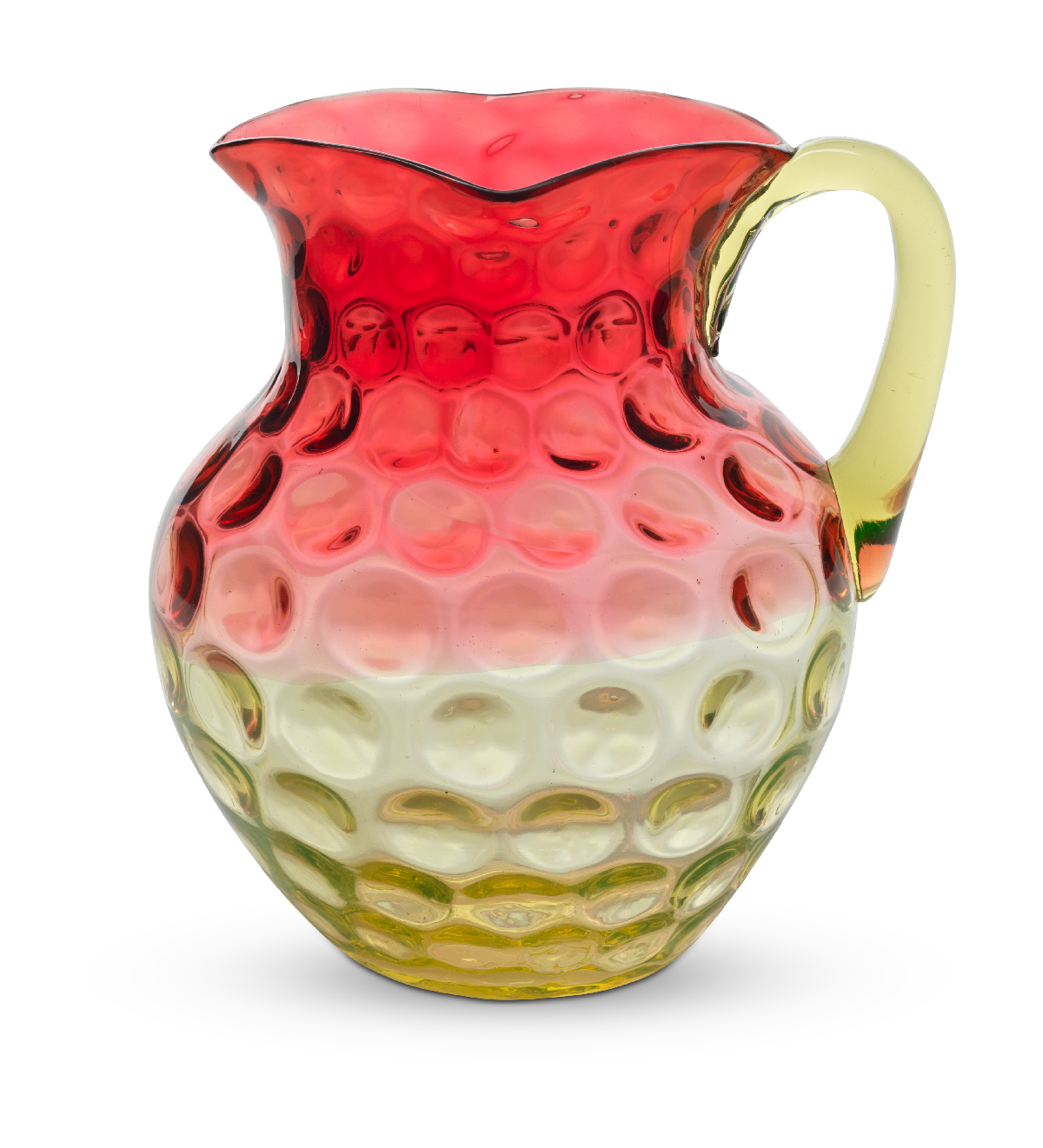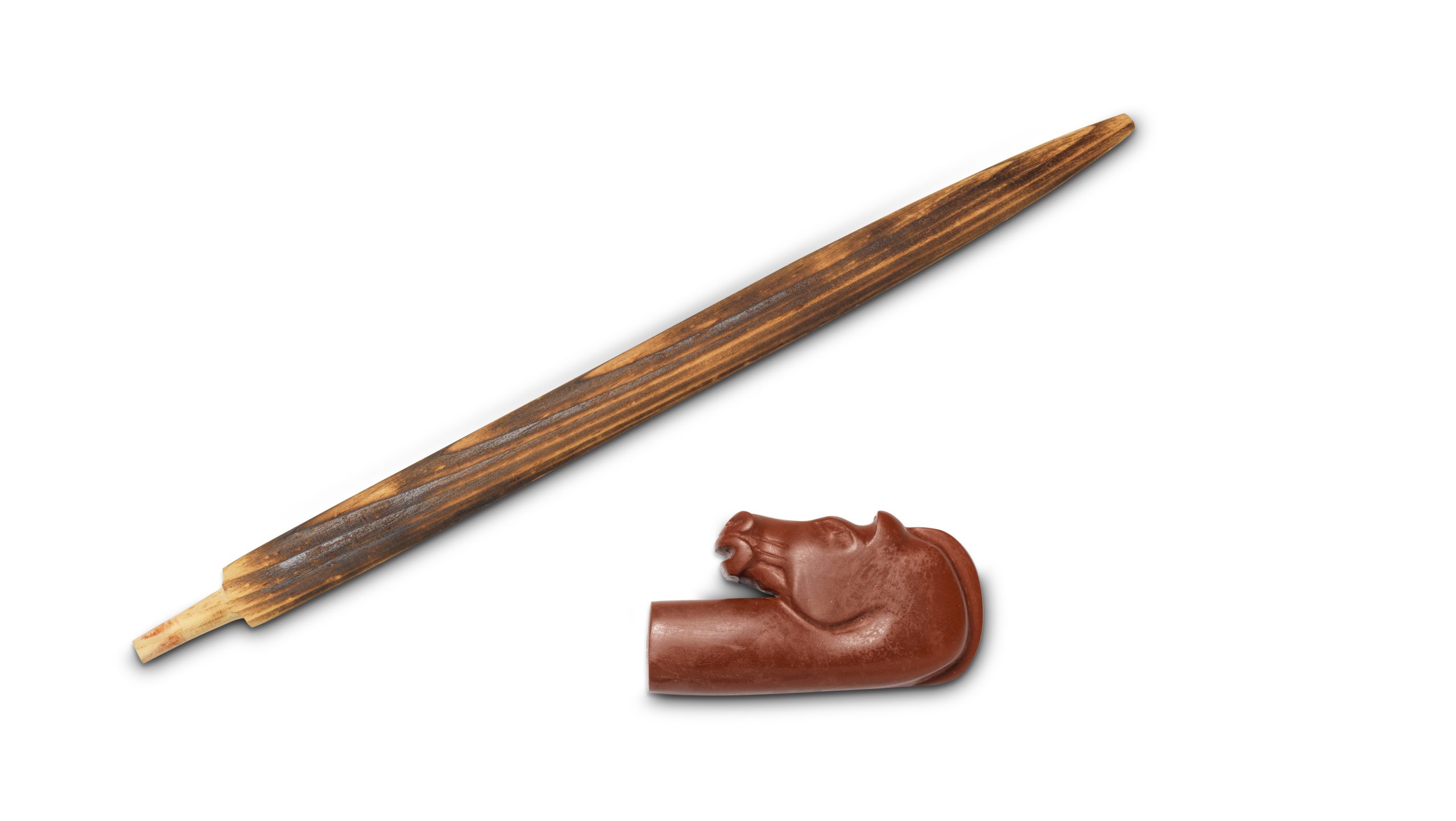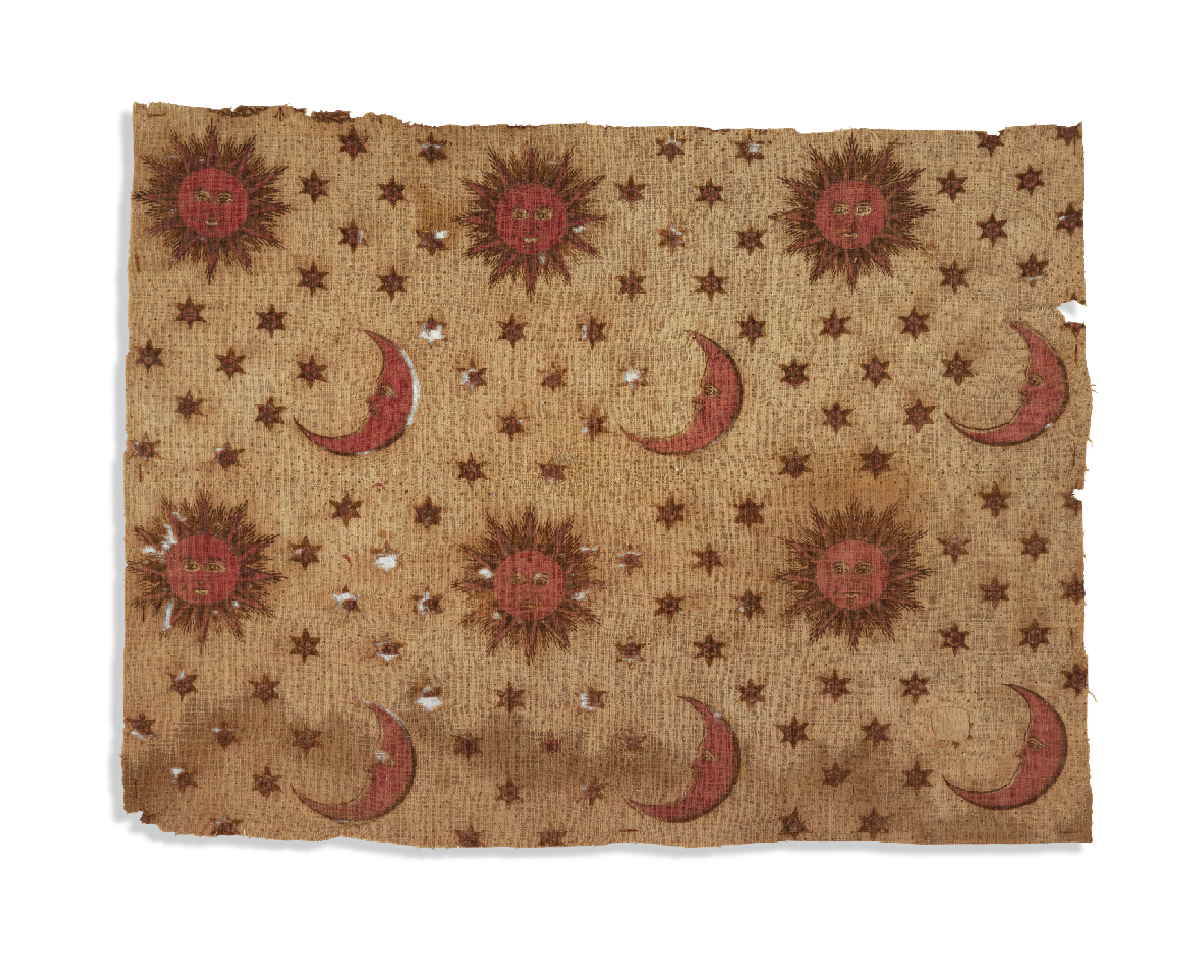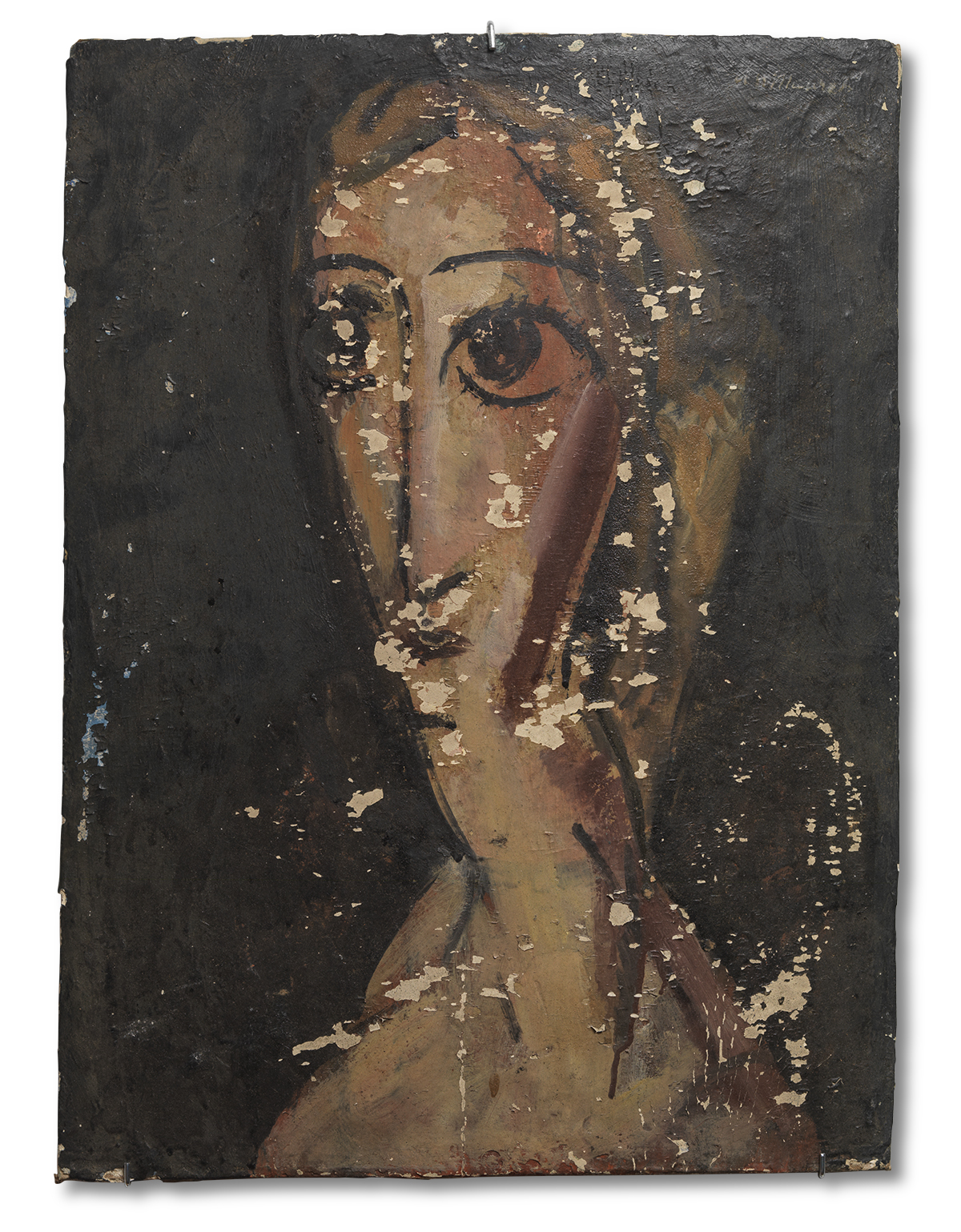Uranium Glass Pitcher
Inverted Thumbprint Rubena Verde Pitcher, ca. 1880s
Hobbs, Brockunier, and Company (1863–1891), West Virginia
Blown glass and uranium oxide, h. 8 1/8 in. (20.6 cm), diam. 7 1/4 in. (18.4 cm)
Private collection
The yellow-green color of this glass pitcher was achieved through the addition of uranium oxide. Uranium glass, also called Vaseline glass, was popular for its otherworldly green hue, particularly at the turn of the twentieth century. As the dangers of radiation poisoning became better understood, consumers worried that uranium glassware could emit harmful radiation. The actual threat posed by uranium glass depends on when the glass was made, its physical condition, and the circumstances of use. Uranium glass manufactured after the 1950s uses depleted uranium, posing reduced radioactive risks. The uranium components in these glasses are effectively trapped in the molecular structure of the glass; however, physical and chemical wear over time may change this. Although eating or drinking from uranium glass is ill-advised, decorative use is considered relatively harmless.
See other items in How is Matter Active?







